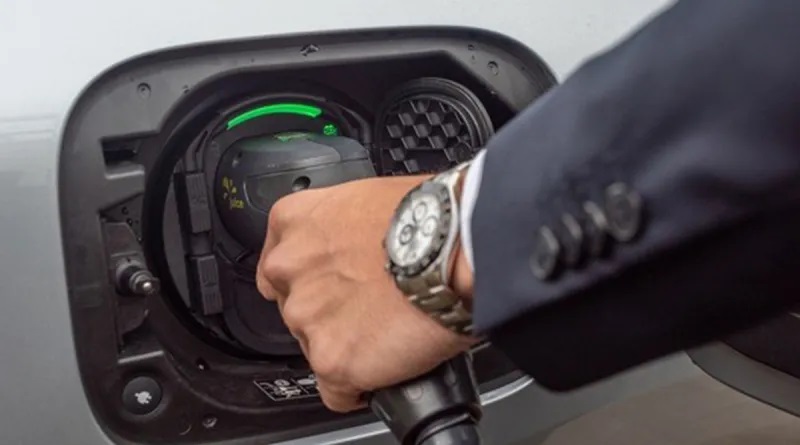In the context of a webinar organized by Transport & Environment (T&E), Elizabeth Culwick, Deputy Head of the Office for Zero Emission Vehicles (OZEV) at the Department for Transport (DfT), discusses the measures taken by the government to incentivize new adopters of electric vehicles (EVs).

The truth is, currently, “there is little information and misinformation on the subject.”
As stated by T&E, it is necessary to strengthen confidence to attract the early majority, that is, the first consumers open to the technology who are skeptical about the current charging infrastructure.
Regarding this, Culwick states: “We are seeing private sector investments, and the government will intervene where it sees problems arise.”
In this sense, authorities have promoted various projects aimed at addressing two “gaps” that OZEV considers a priority to address.
“The first is visible in terms of geographical disparity in on-street charging points, so we are implementing the Local Electric Vehicle Infrastructure Fund (LEVI),” explains the Joint Head of OZEV.
This fund, totaling 381 million pounds, has been allocated to authorities in England to install devices according to residents’ needs.
“Establishing a regulatory framework around charging infrastructure and investment in it provides clarity and certainty about the direction of this transition,” Culwick maintains.
The second gap recognized by OZEV, is to build confidence in the public network for occasional long-distance travel.
The user will need to know the location of fast-charging stations along strategic roads and highways.
There’s where the pilot measure of the 70 million pounds Rapid Charging Fund (RCF) would come into play.
This issue relates to “removing barriers to installing fast and ultra-fast points to create a visible network, which assists stakeholders with the cost of upgrading connections.”
It’s worth noting that the announcements have generated positive expectations in the region.

“We can see it in the number of public charging points. We have nearly 57,000 of these across the UK,” acknowledges Marc Palmer, Director of Strategy and Insight at Auto Trader UK, chaired by T&E.
Continuing in the same vein, the SKIM report establishes that “range anxiety is a thing of the past” and that “this is where real knowledge gaps are noticeable, as the network is making excellent progress in its expansion.”
Private investment projects also stand out.
Such is the case of Charge UK, which plans to deliver and operate six million devices by 2030.
However, despite the mentioned initiatives aiming to promote the deployment of charging stations and thus increase people’s confidence in electric mobility, a study by the consulting firm SKIM reveals that there are still a series of concerns preventing the adoption of EVs.
What are the most common concerns OZEV has to tackle?

David Voxlin, Director of Sustainability and Behavioural Change at SKIM, presents the results obtained in the research and their respective analysis.
In this regard, Voxlin explains the preoccupations of early adopters.
“We believe there is a failure across multiple parts of the system in terms of the government’s efforts to inform and incentivise citizens in their car companies to address real needs,” he states.
Moreover, part of the responsibility is attributed to automotive industry companies, which would fail to address consumer needs and uneasiness, compounded by the excessive misinformation circulating about electromobility.
Early adopters have the misconception that there is insufficient availability of public chargers.
Other worriments revolve around extended charging times, car purchase prices, electricity bill costs, and battery life.
Nonetheless, the Director comments that “these anxieties often stem from perceptions and sometimes have more emotional than rational foundations.”
“We need to address them, and if we do so successfully, we can start to steer behavioural change in a positive direction,” he adds.
SKIM believes that the psychological barriers linked to the adoption of electric vehicles are the easiest to overcome.
Still, to achieve this, it is essential to educate people.
Finally, Voxlin details: “We know that there are examples of gradual and ambitious incentive policies that are successful. Models like Norway‘s can work here too.”







